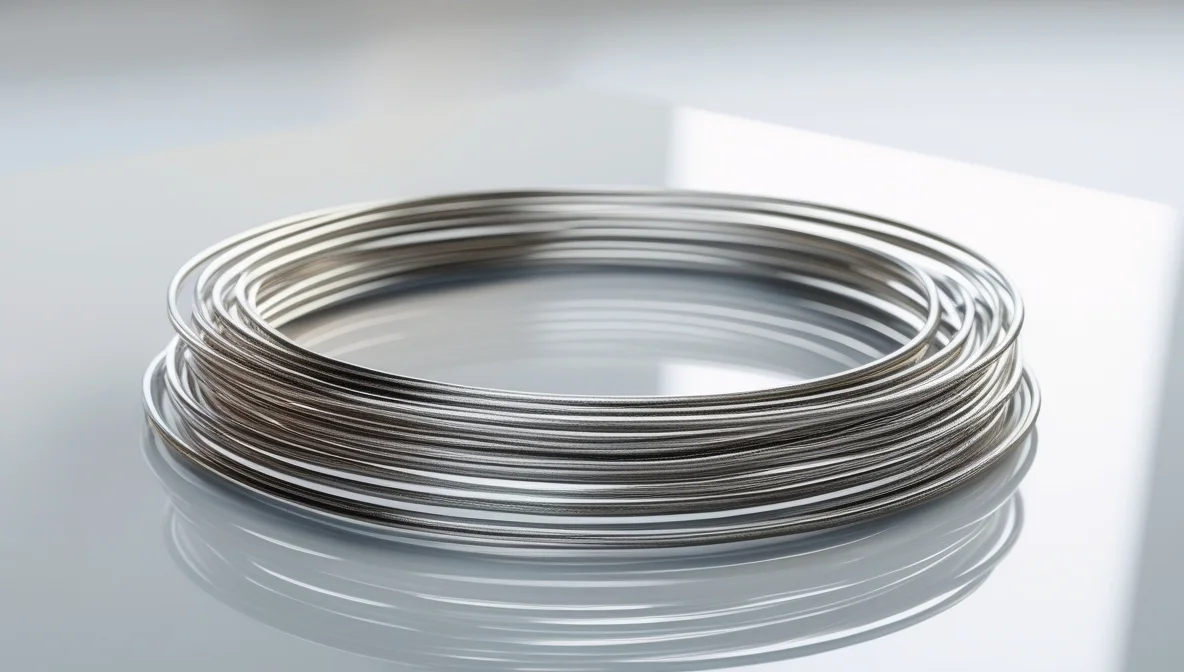420 stainless steel is a type of martensitic stainless steel. Unlike the common 300-series (like 304 and 316) which are austenitic, martensitic stainless steels are characterized by their ability to be hardened significantly through heat treatment (quenching and tempering), similar to carbon and alloy steels.
Key characteristics and properties of 420 stainless steel include:
- Hardenability: Its primary feature is that it can be heat-treated to achieve high hardness and strength. In its hardened condition, it offers good wear resistance.
- Magnetic: Being martensitic, 420 stainless steel is ferromagnetic and thus strongly attracted to a magnet in both annealed (softened) and hardened conditions.
- Moderate Corrosion Resistance: It offers decent corrosion resistance to the atmosphere, fresh water, mild alkalis, and acids, but it is less resistant to corrosion than austenitic grades (like 304, 316) or ferritic grades (like 430). Its best corrosion resistance is achieved in the hardened and polished condition. It is prone to rusting if exposed to salts or marine environments.
- Composition: It’s essentially a higher carbon version of 410 stainless steel. It contains a minimum of 12% chromium (which provides the basic stainless property) and a higher carbon content (typically around 0.15% minimum, often 0.3-0.4%) which allows for the high hardness upon heat treatment.
- Wear Resistance: Due to its high achievable hardness, it exhibits good wear resistance, making it suitable for cutting tools and wear components.
- Applications: Commonly used for applications requiring good strength, hardness, and moderate corrosion resistance, such as:
- Cutlery (knives, surgical instruments)
- Needle valves
- Shear blades
- Hand tools
- Springs (less common than 300 series or PH grades for wire springs, but used in some flat spring applications)
- Gear components
- Limitations: Not generally recommended for applications involving severe corrosion or exposure to chlorides. Its weldability is also limited compared to austenitic grades.
In summary, 420 stainless steel is a hardenable, magnetic stainless steel grade known for its high strength and wear resistance after heat treatment, combined with moderate corrosion resistance. It’s often referred to as “cutlery grade” stainless steel due to its widespread use in knives and surgical tools.



